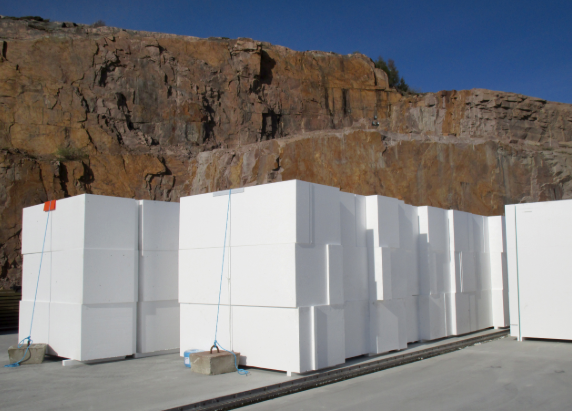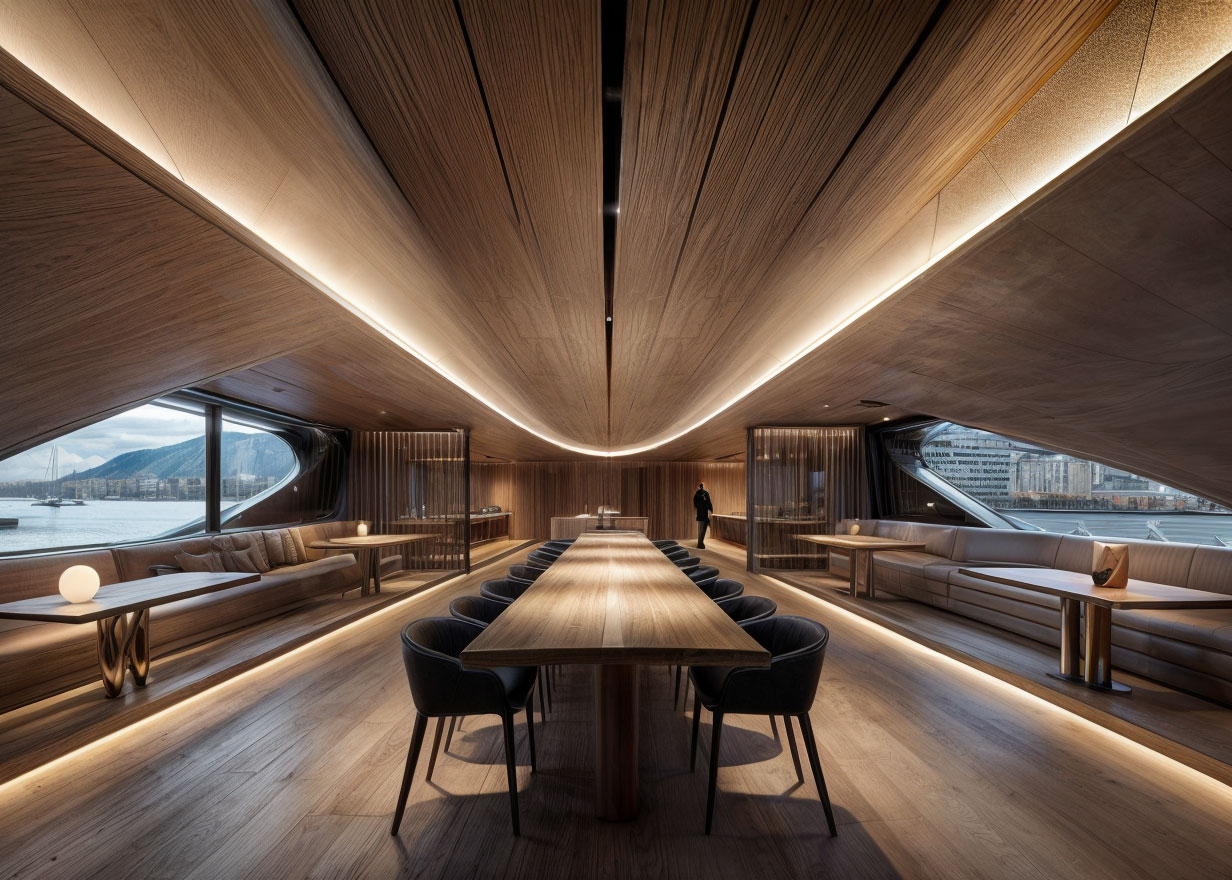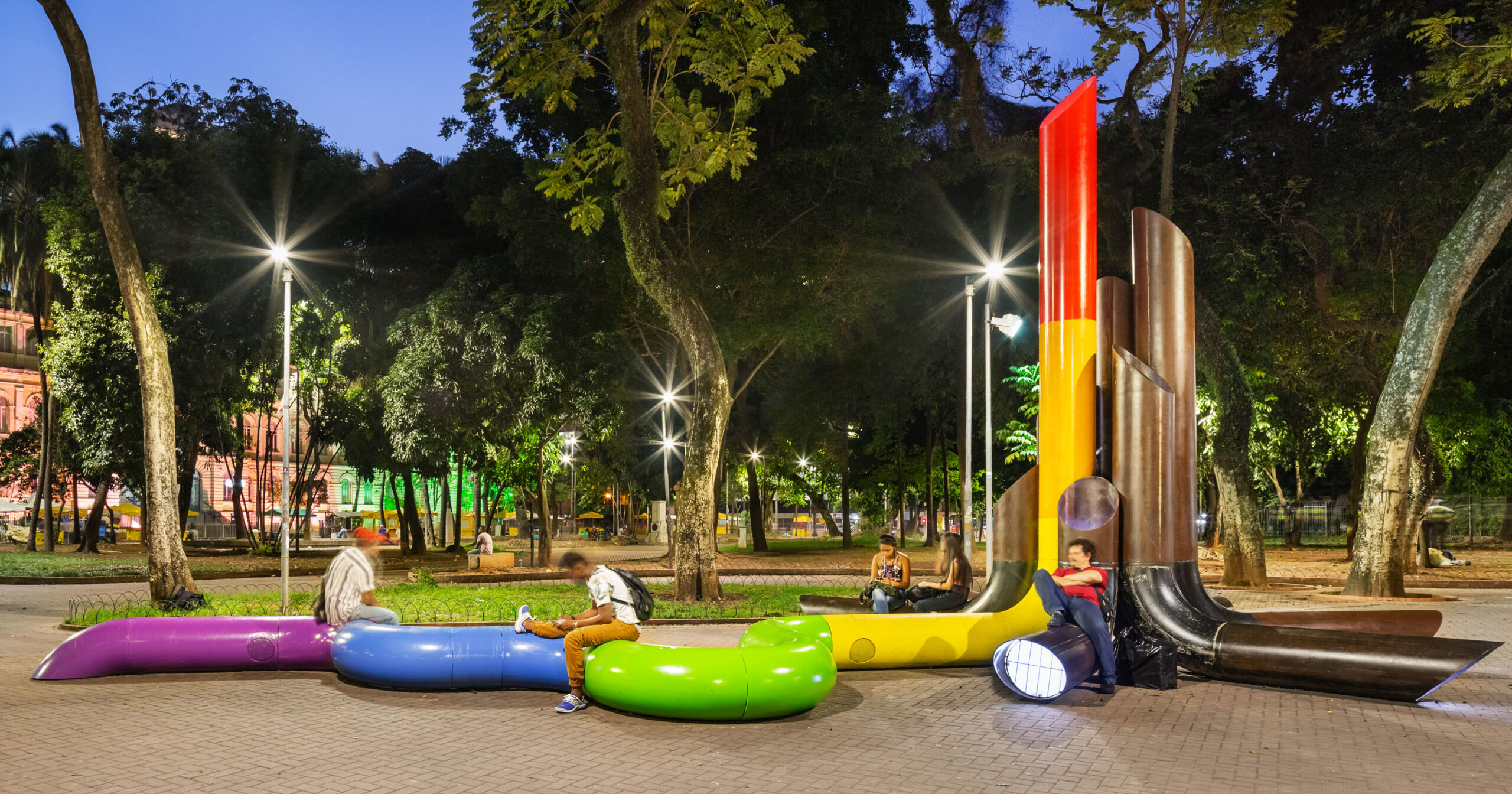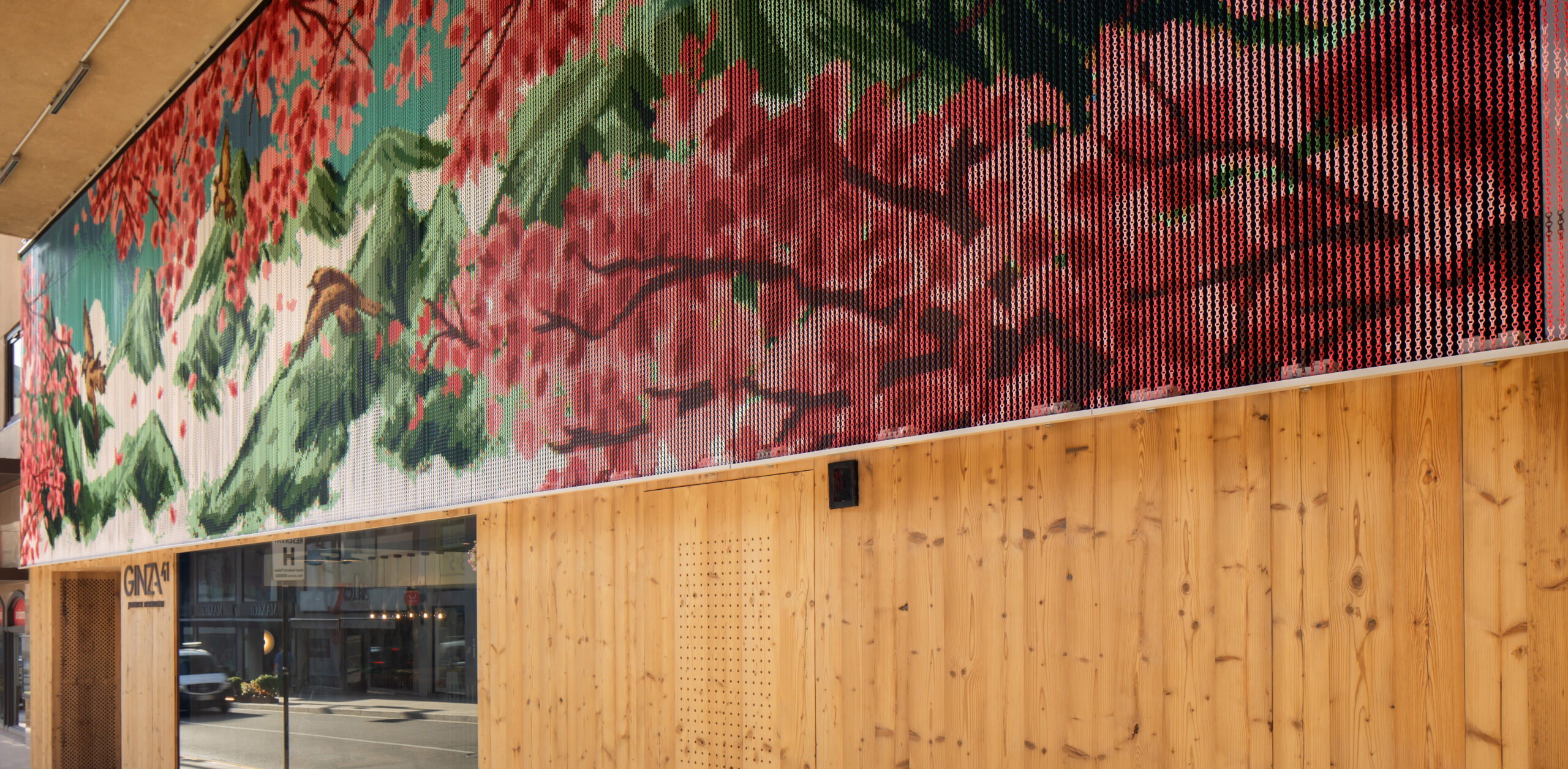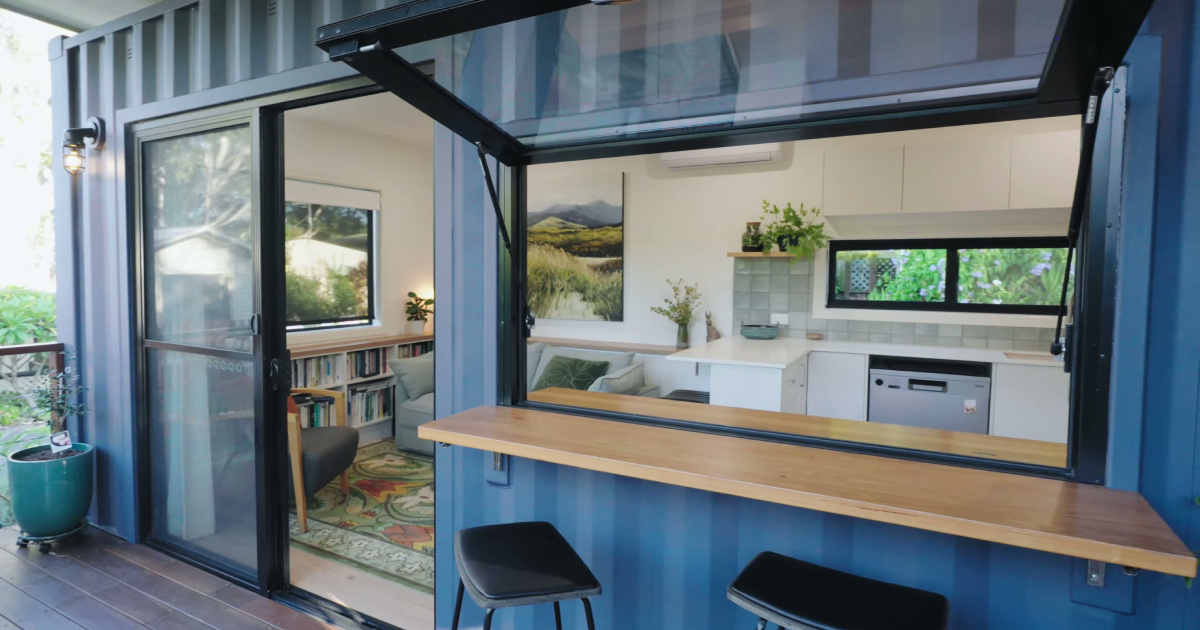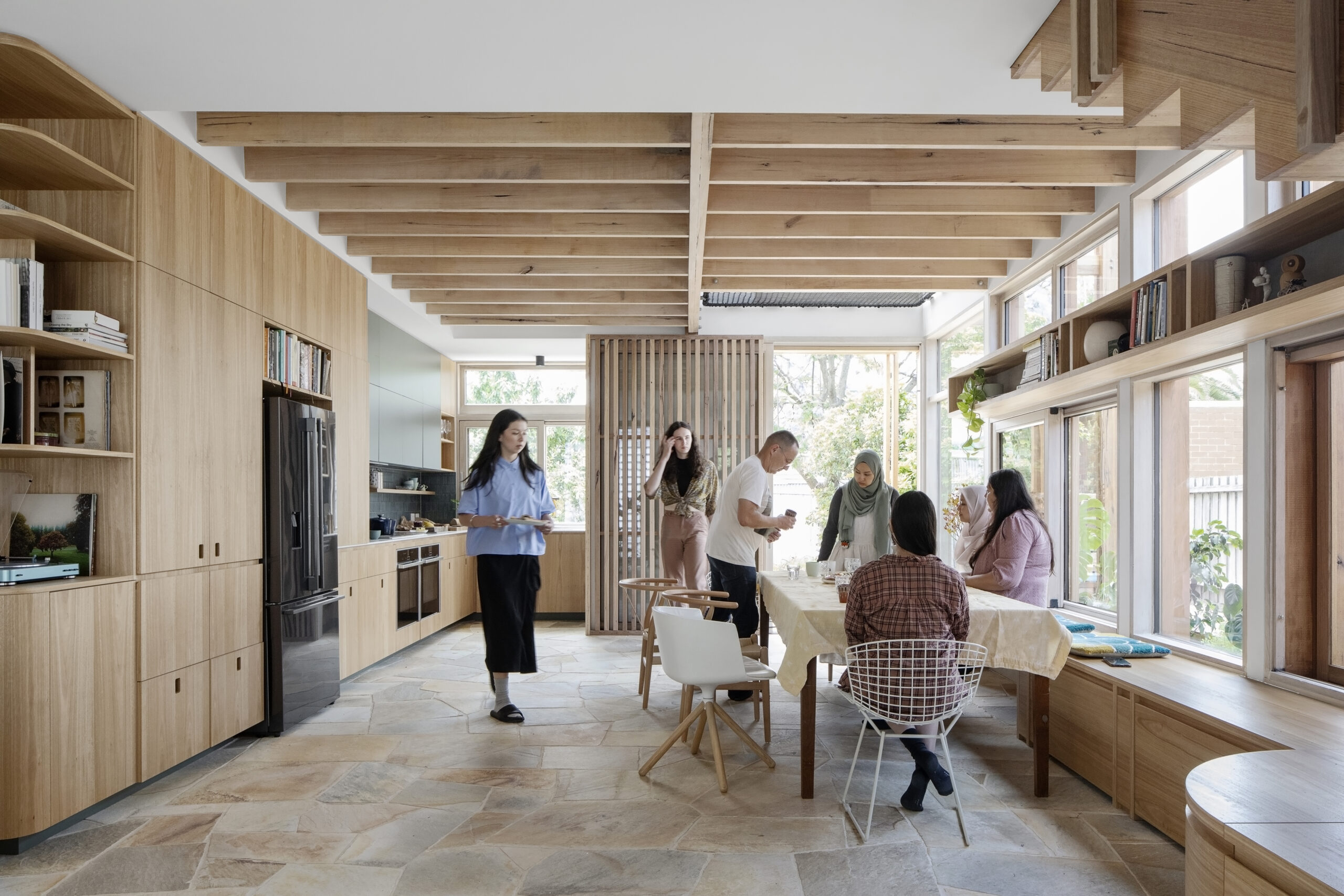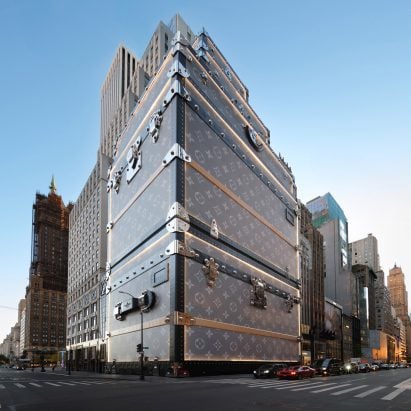Over 30 skyscrapers sinking into ground on Miami barrier islands
Skyscrapers such as Porsche Design Tower, Faena Hotel and Trump Tower III are among 35 buildings in the barrier islands of Miami that have sunk as much as eight centimetres since 2016. Conducted by researchers at the University of Miami, the study looked at skyscrapers in the strip of coastal islands off mainland Florida in The post Over 30 skyscrapers sinking into ground on Miami barrier islands appeared first on Dezeen.
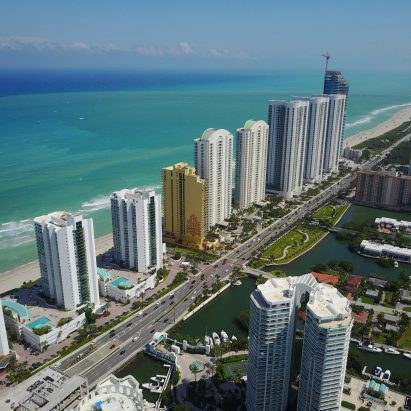
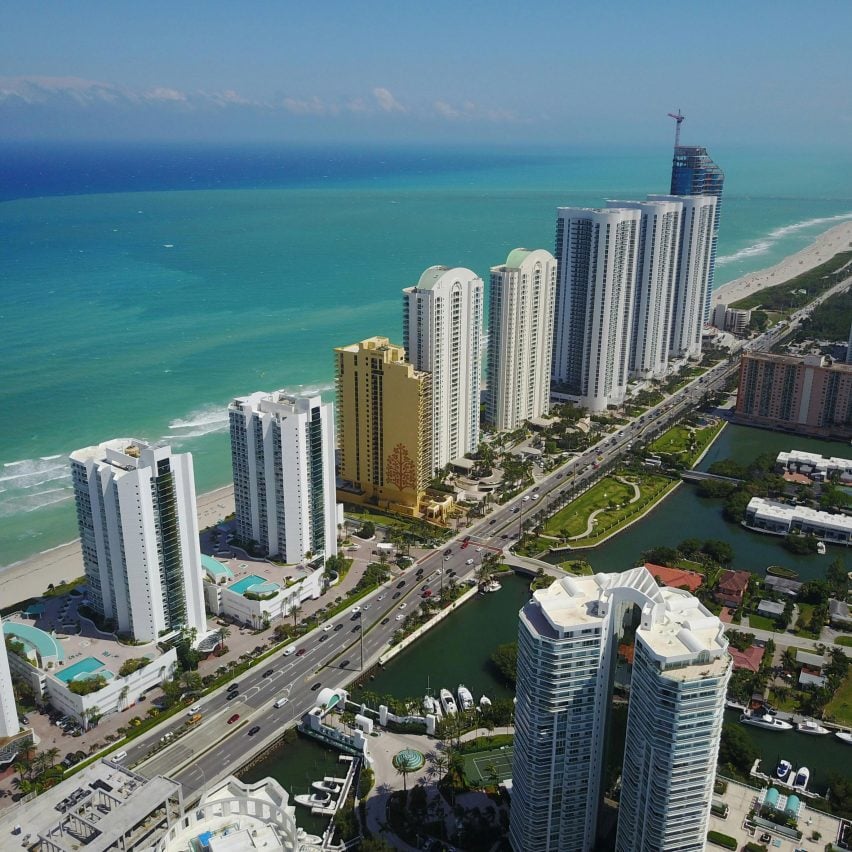
Skyscrapers such as Porsche Design Tower, Faena Hotel and Trump Tower III are among 35 buildings in the barrier islands of Miami that have sunk as much as eight centimetres since 2016.
Conducted by researchers at the University of Miami, the study looked at skyscrapers in the strip of coastal islands off mainland Florida in population centres including Miami Beach, Surfside, Bal Harbor and Sunny Isles Beach.
It examined many large buildings built on the strip, half of which were built in 2014 and after, and found that 35 had been affected by sinking or "subsidence" of between two to eight-centimetres.
Sinking related to construction activities
"We document vertical displacements ranging from two to eight centimetres, affecting a total of 35 coastal buildings and their vicinity," said the study.
"About half of the subsiding structures are younger than 2014 and at the majority of them subsidence decays with time. This correlation suggests that the subsidence is related to construction activities."
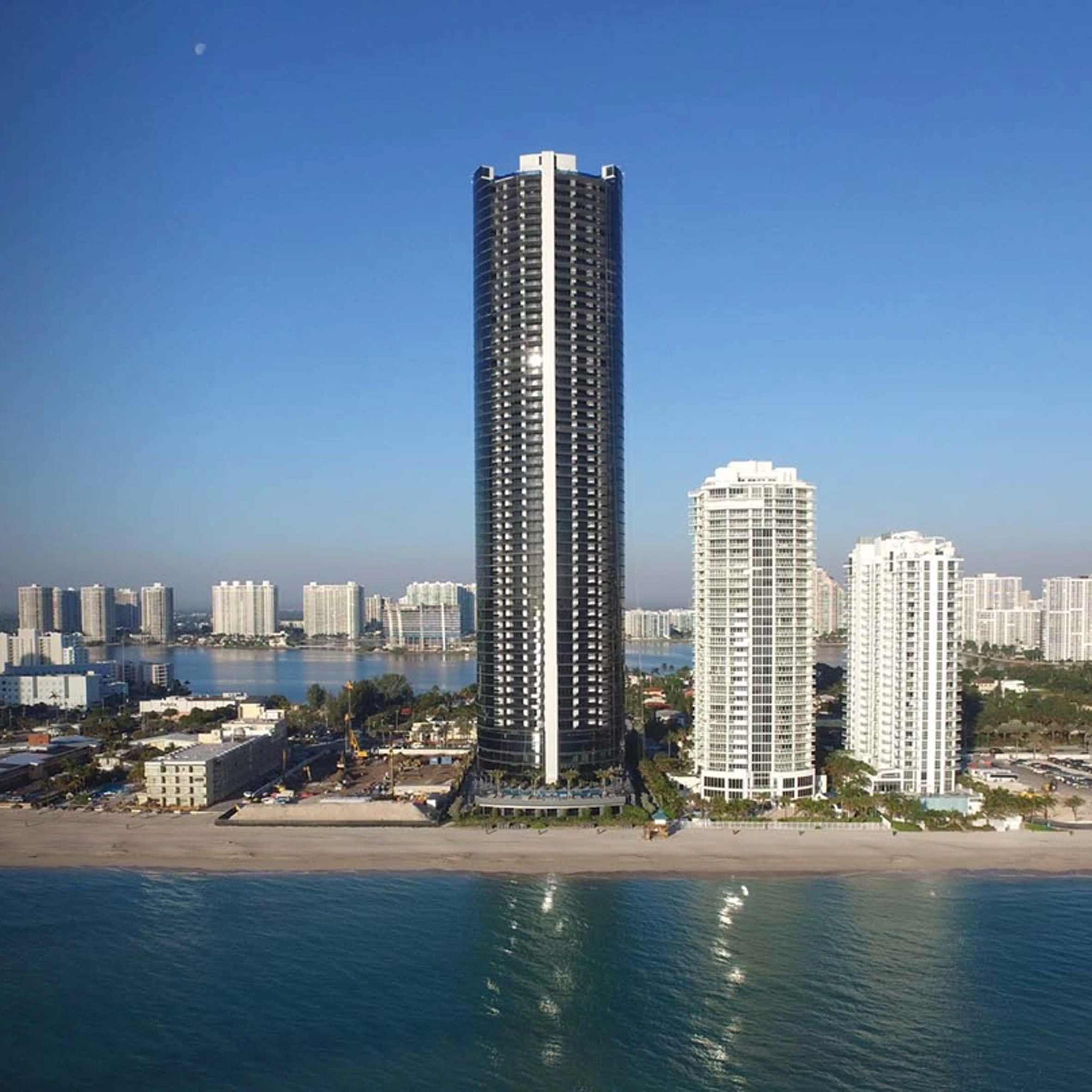
The heights of buildings varied, but the study did find a correlation between height and sinking.
The Sieger Suarez Architects-designed Porsche Design Tower in Sunny Isles had one of the greatest levels of subsistence at almost eight centimetres since it was completed in 2016.
The research was conducted over a period of seven years using a monitoring device called Interferometric Synthetic Aperture Radar (InSAR) – a sensitive device that can measure changes in geology as little as a millimetre that is often used for structural engineering.
Geological deformation
The reasons given for the sinking were the inconsistent layers of limestone and natural groundwater movements, with the study suggesting that construction activity may be "instigating" the "deformation" of the geological layers that provide support for the buildings.
"We attribute the observed subsidence to load-induced, prolonged creep deformation of the sandy layers within the limestone, which is accelerated, if not instigated, by construction activities," it said.
In terms of long-term structural damage, the main problem for buildings on the barrier islands is when parts of the ground underneath and around buildings sink at uneven rates.
"While South Florida high-rises are designed to undergo several tens of centimetres of settlement of the entire structure, differential settlement induces internal stresses that can lead to structural damage," said the study.
Surfside collapse highlights the need for monitoring
It also noted that construction could trigger the sinking of a nearby structure, such as the documented sinking of the site of an in-progress Bentley skyscraper due to the construction of the nearby Turnberry Ocean Club skyscraper.
This study follows the 2021 collapse of the Champlain South Condominium Tower in Surfside, which killed 98 people.
Though it states that deterioration of the tower's concrete structure was a primary cause, it warned that the collapse made clear the need for further monitoring of buildings in the area.
"[It] has highlighted the need for monitoring of building stability, especially in coastal areas with corrosive environmental conditions," said the study.
The study did not give insights into whether or not the sinking effect was a cause at the Champlain Tower, because of lack of radar data for that area.
Last year, Zaha Hadid Architects released designs for a 12-storey luxury condominium on the Champlain Tower site.
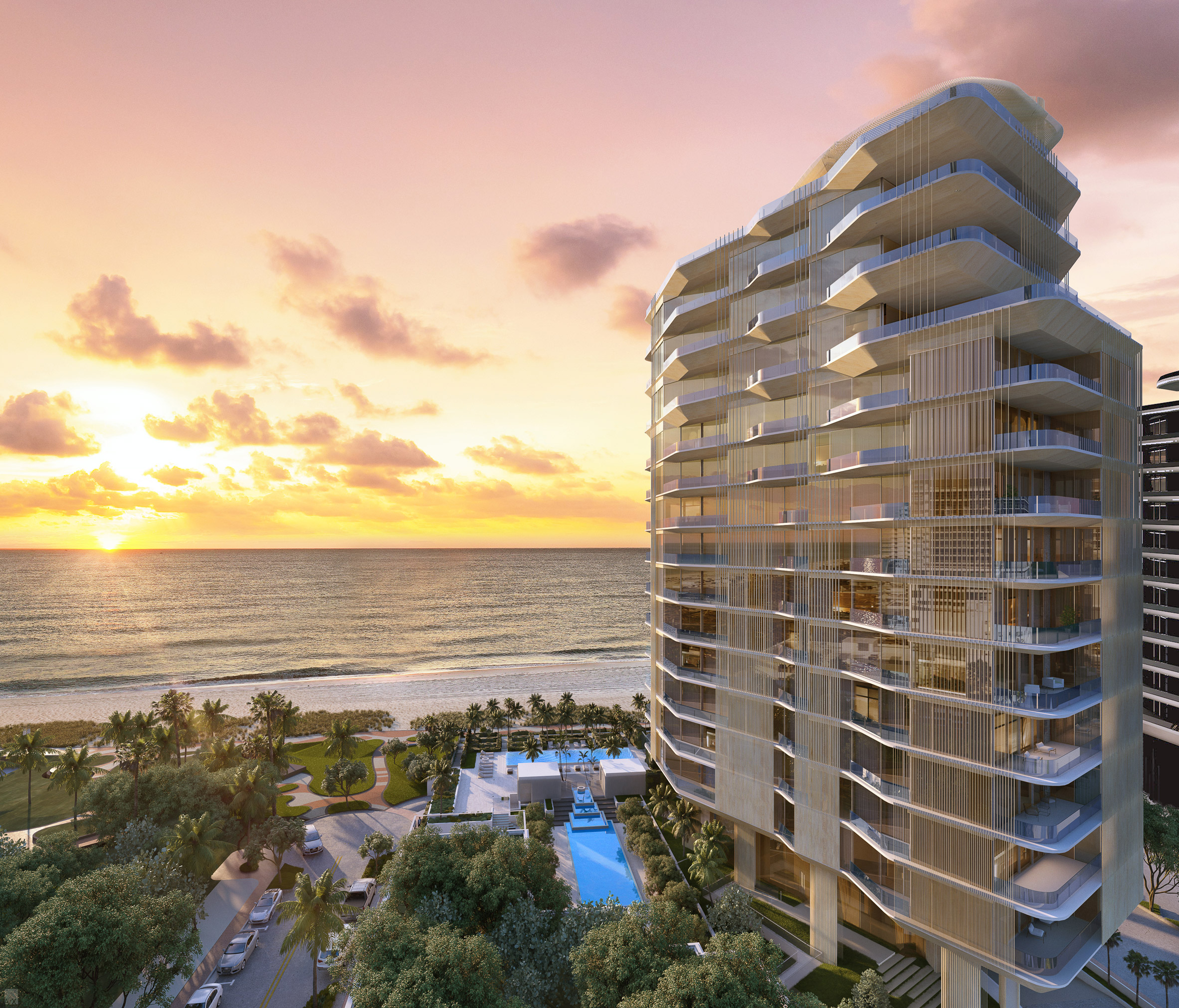
Some of the structures recorded in the research where sinking was observed were only 18 meters tall.
Rates of sinking were different across the different towers, from "slow exponential" to "fast exponential", and many experienced a "sudden onset" of sinking around 2018, even for some structures completed more than 30 years ago.
"There are no indications that subsidence will come to a stop," concluded the study.
Despite the uncertainty in stability laid out in the study and concerns over rising sea levels due to climate change in the city, construction continues in the area on massive structures.
Recently, architecture studio Arquitectonica completed the 48-storey Five Park skyscraper in Miami Beach, the tallest in the city. Kengo Kuma and Associates is currently working on the structure for an 18-storey Aman residential tower in Miami Beach.
On mainland Miami, which was not covered in the study, there are plans for several massive skyscrapers including supertall skyscrapers by Carlos Ott and Sieger Suarez Architects and by Foster + Partners.
Last year, a similar study found that Manhattan was sinking under the weight of its skyscrapers.
The main image is by Paashuu via Pexels.
The post Over 30 skyscrapers sinking into ground on Miami barrier islands appeared first on Dezeen.
What's Your Reaction?













.jpg)








